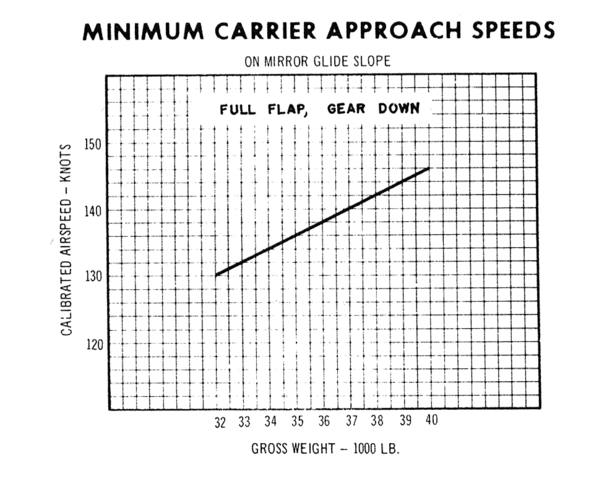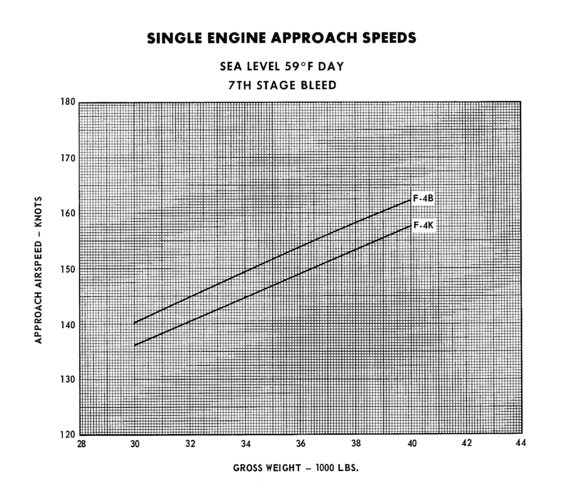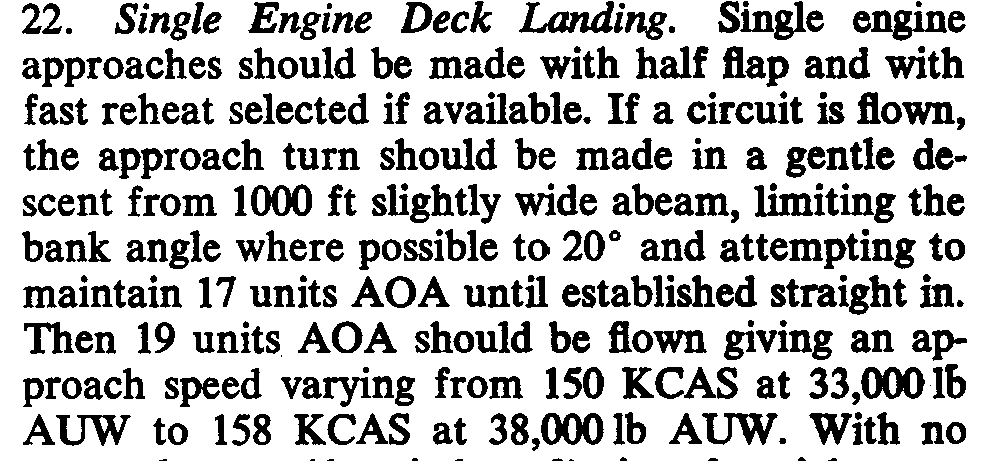Rule of cool
ACCESS: Top Secret
- Joined
- 16 January 2024
- Messages
- 501
- Reaction score
- 646
I'm not comfortable with those margins, I could imagine them causing problems exactly when the RN was most vulnerable.
So basically COTS Phantoms were not much different in practice on UK carriers than Spey-powered Phantoms with telescoped legs?
I'm not comfortable with those margins, I could imagine them causing problems exactly when the RN was most vulnerable.
RN would have preferred more and probably expected more from the sales pitch - but went with what the F-4K actually delivered. For the F-4J, the RN would have had to accept that performance from the start.
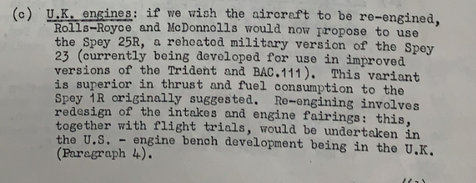
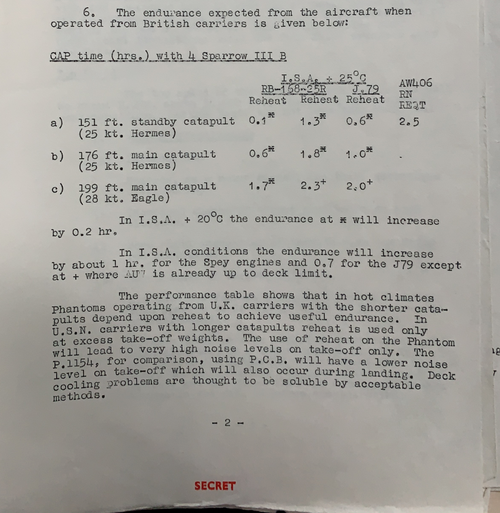
The case then made to Ministers was that RN's bolter case required slam reheat, which Spey would do in half a second, as J79 would not, so operationally unsafe. Min of Aviation (Industry sponsor) Jenkins claimed commonality, Spey for F-4M, though RAF did not need it.
The F-4Es procured by Israel came with J79-GE-17s - which had a thrust of 11,870 lb dry and 17,900 lb in afterburner.J79 with overspeed was used by Israelis for Mig25 interception efforts. Ramping up to 18,000lb or more at cost of shorter life.
Did J79 use water injection?
If not overspeed and water injection might solve the problem.
Far out AH is RB.106 Thames instead of Spey. Faster throttle responses from a dedicated fighter engine and 15,000lb dry thrust would overcome a lot of issues.
What do we know of BSEL BS.100 fan engine for transports....?
Things are becoming a little clearer on the project decision side.
In 1964 or so McD/USG could give a fixed price on the F4B, but not the F4J as it in development. What's more I think it was pretty much well known that the F4B could not operate effectively even on the 199' BS5A waist cats on Eagle and Ark, even with the long nose oleo and drooping ailerons, or bring back unused ordnance onto their small decks.
So the decision was.
Even in technical terms given the information at the time this is a no brainer.
- To spend an unknown amount of money controlling development a version of the Phantom that promised launch speeds of 118-129kts @50,000lbs.
- To spend an unknown amount of money being a passenger for development of a version of the Phantom that promised launch speeds of 137kts @50,000lbs.
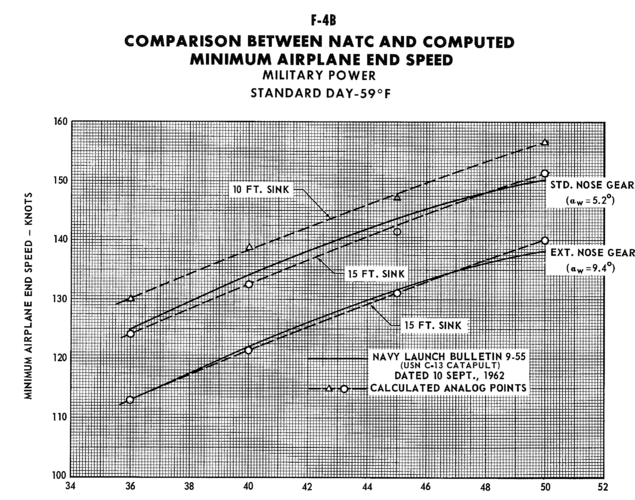
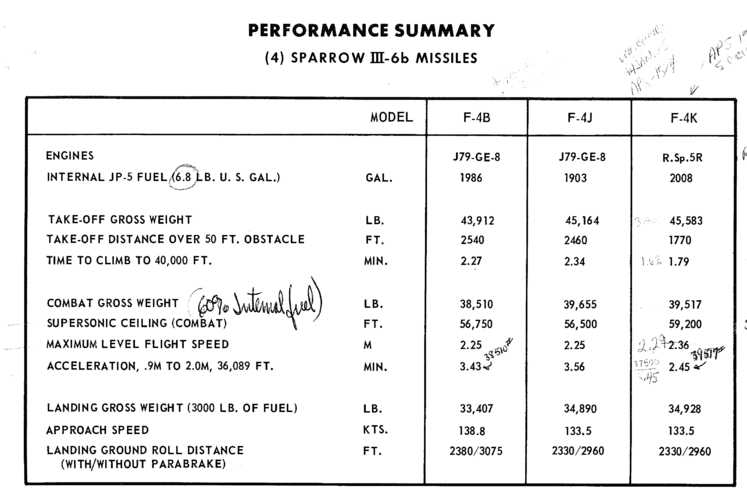
That also caused some challenges for landing. You need high power settings for the bleed air, and if you reduce power you lose bleed air.What about the bleed air? I've read that the blown flaps in the F4K were more powerful and the Spey provided the extra bleed air for this.
No, I was quoting complaints about the F-4K.Does the Spey solve that issue by providing a lot of bleed air at low speeds due to its bigger size?
And in Buccaneer S.2.So, an AH would be: no hot Spey for Phantom, MoA Jenkins failing to keep those jobs in UK.
If we take 1965's package as unchanged, then all RR got was dry Spey in Nimrod.
Again, Spey (and the BLC flaps) greatly complicated the landing due to requiring a high power setting when you're trying to keep a specific speed while descending. And if you cut power, you suddenly lose lift and now you're below the glideslope and RAMPSTRIKE!Being derogatory towards Spey powered Phantoms ignores the fact they had superior power in exactly the flight regime for which they spent their mission. I am surprised J79 was adequate because Spey offered so much additional thrust at launch. But maximum takeoff weight and bring back weight dictate operations, not maximum capability.
Yes, for the versions of the F4 that had blown flaps it was an issue, but the US F4s used a lot less blowing overall so it was less visible.Surely that can't be unique to the Spey? Surely the J79 had low BLC when landing due to low power settings?

